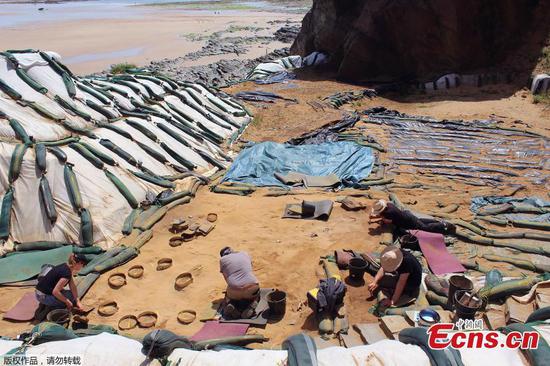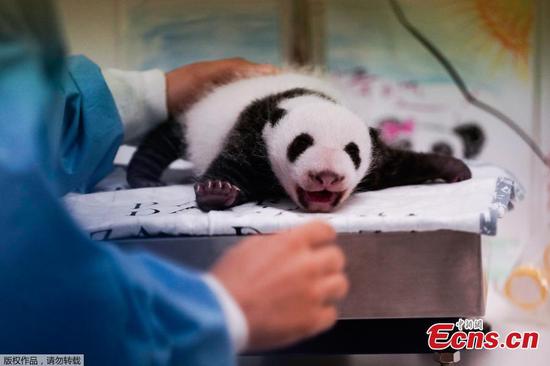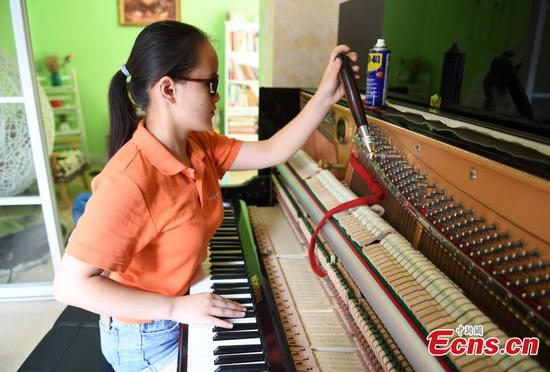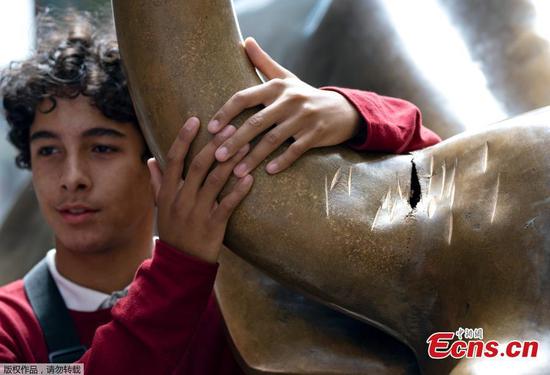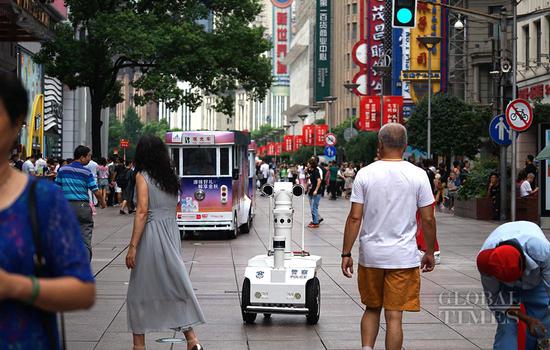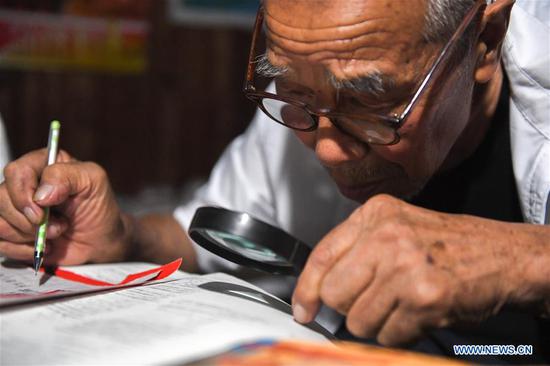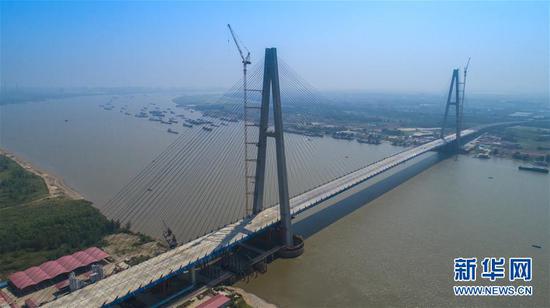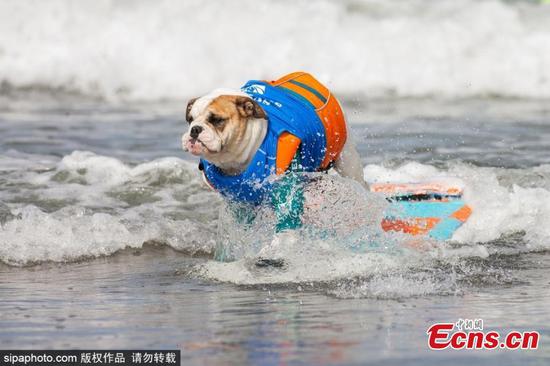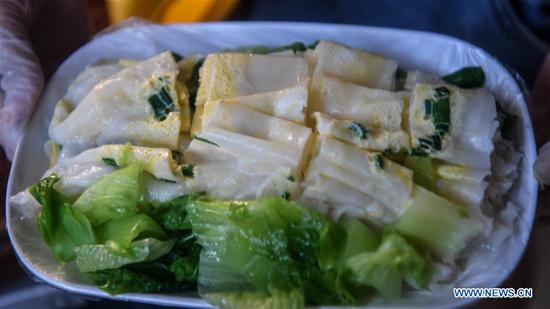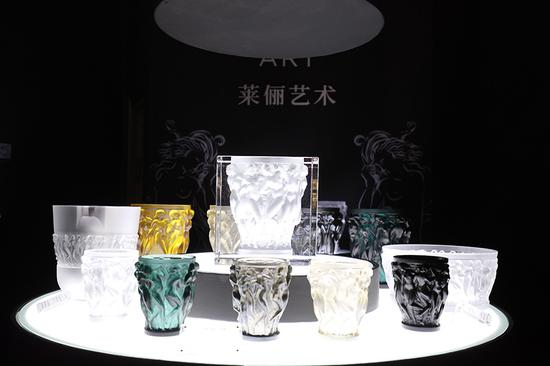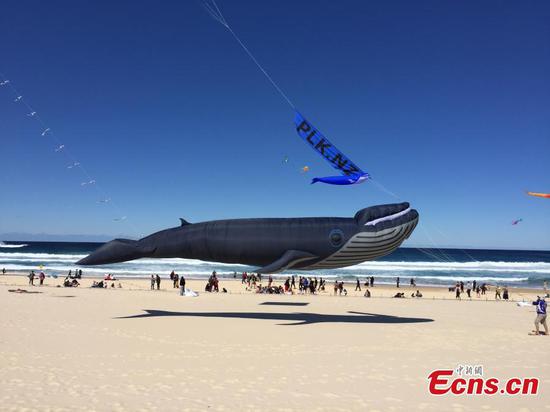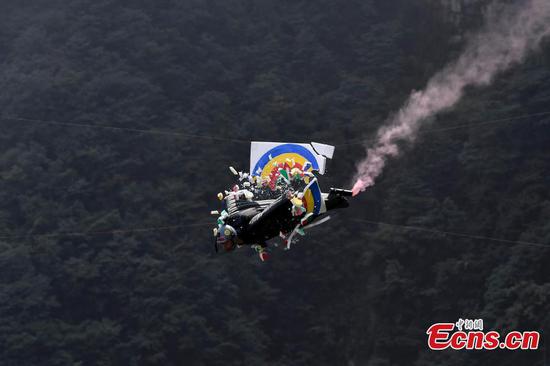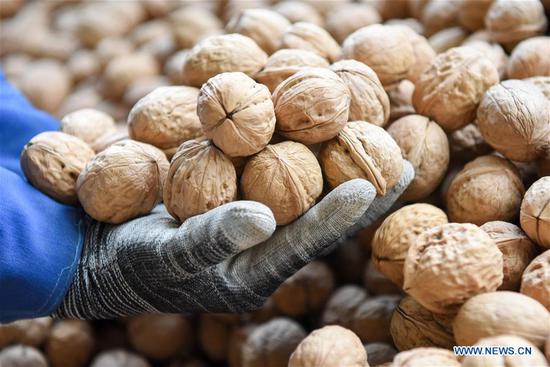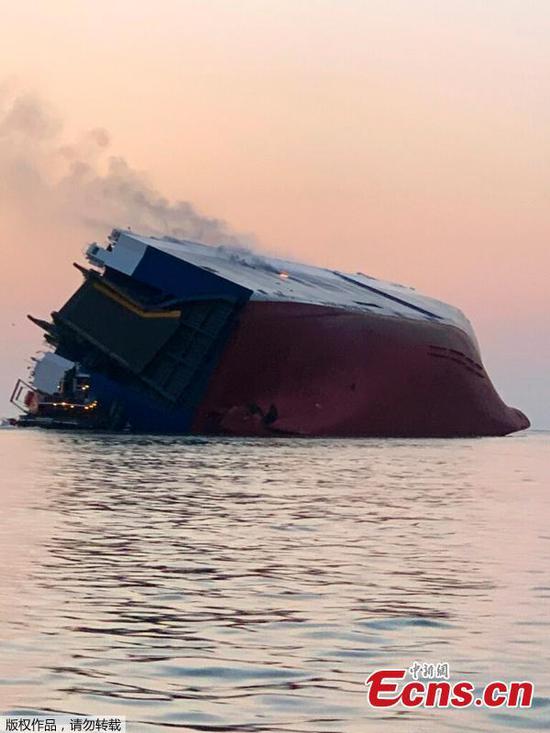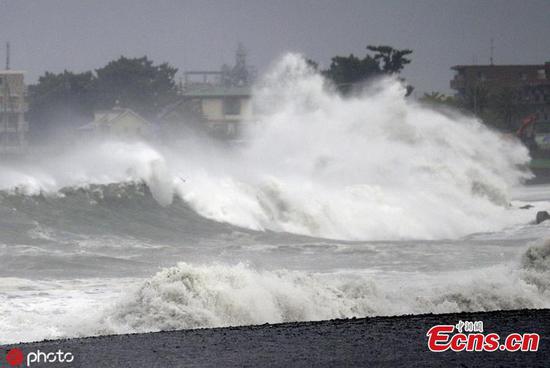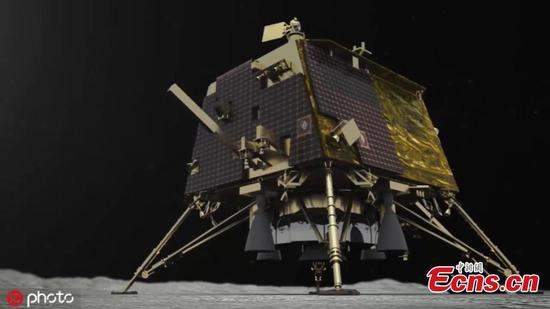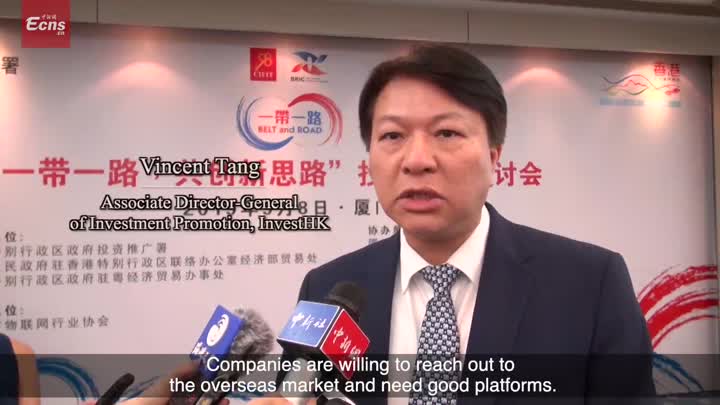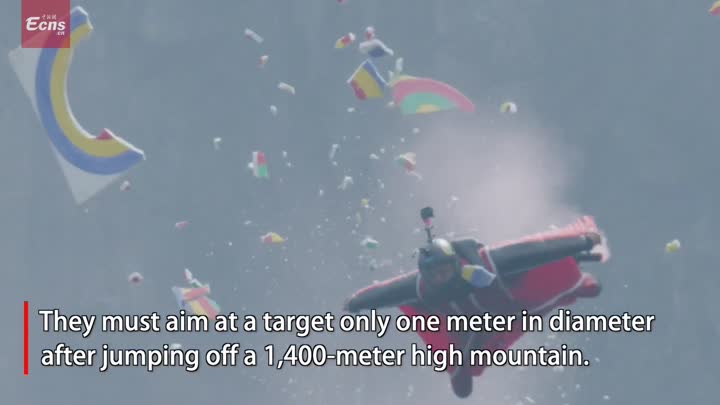Chinese space designers have devised a pocket-size device they say can extend small satellites' life spans and help prevent them from becoming hazardous space debris.
The ion liquid electric thruster was developed by the 206th Institute under the China Aerospace Science and Industry Corp and has undergone in-orbit tests on a Chinese small, experimental satellite launched earlier this year.
Compared with conventional rocket engines that generate propulsion using chemical propellants, these new ion thrusters use liquid metals — usually cesium, indium or mercury — as propellants, allowing spacecraft to carry much less fuel than before.
The 300-gram ion thruster is a state-of-the-art propulsion system for small satellites, which, in contrast to traditional large satellites, have no bulky chemically powered engines, said Gao Hui, the equipment's chief designer at the Beijing institute.
"Without large fuel tanks, pumps, valves and toxic propellants mounted on conventional engines, the new devices are totally portable and capable of executing high-precision orbital maneuvers for small satellites in an efficient manner," Gao said.
He explained that most small satellites now operate in low-Earth orbits in a passive state and gradually fall from their orbits because they have no propulsion instruments to maintain their altitude.
"In fact, a very slight propulsive force will be enough to alter a small satellite's altitude or to correct any possible orbital deviations, thus prolonging its service life," the designer said.
If a high-orbiting satellite completes its service life and remains in orbit, it becomes space debris and poses a potential hazard to other spacecraft.
Without propulsion systems, these satellites potentially float in space forever, adding to existing space clutter
"If they are equipped with our thrusters, they will be able to be propelled to leave their orbits and travel outside of all satellite-deployable orbits, eliminating the possibility of turning into dangerous space junk," Gao said, adding that this solution can save satellite businesses around the world a lot of money on monitoring and tracking space debris and also ease concerns over the potential for catastrophic collisions.
Xu Nuo, head of applied physics technology at the institute, said that as the market for commercial satellites is quickly expanding in China, demand for the new compact ion thrusters is on the rise
Xu said that several domestic institutes have been conducting research and development into these thrusters, and her institute is the first to produce and test such devices in flight.
Internationally, only the United States has flight-tested the technology. The institute will continue improving the technology before promoting it to the satellite market, she added.









